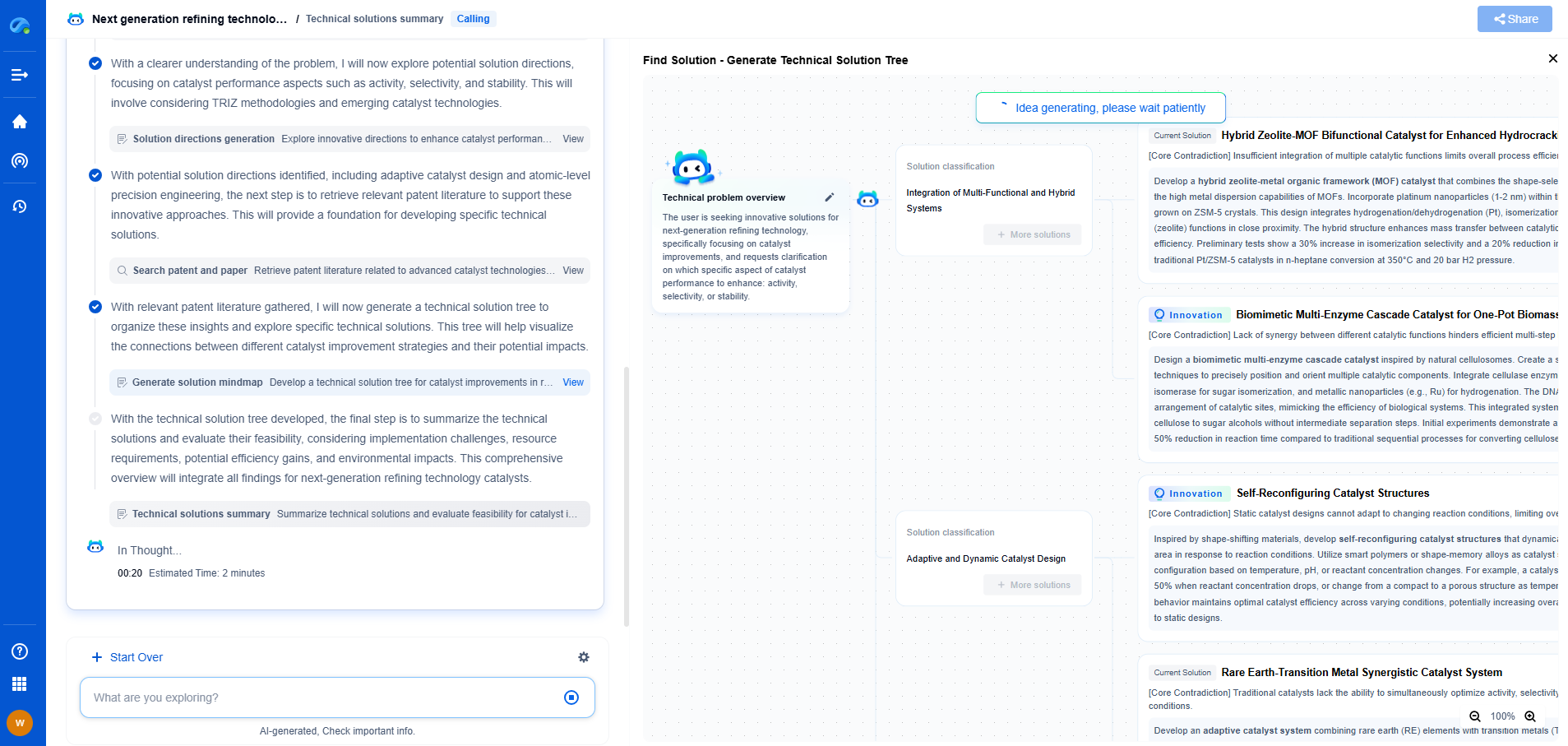TSV (Through-Silicon Via) Technology: Enabling 3D Memory like HBM
JUN 27, 2025 |
Through-Silicon Via (TSV) technology is a pivotal innovation in the realm of semiconductor manufacturing, enabling the development of three-dimensional integrated circuits (3D ICs). TSVs are vertical electrical connections that pass through silicon wafers or dies, facilitating direct communication between stacked semiconductors. This breakthrough technology addresses the limitations of traditional interconnects, which rely on longer wiring and consume more power.
The Architecture of TSVs
TSVs are micro-scale pillars that provide high-speed communication pathways between stacked layers in a semiconductor device. Typically, they are fabricated by creating small holes through silicon wafers and filling them with conductive materials like copper. This allows signals and power to be transferred vertically between layers, reducing the distance data must travel and, consequently, lowering latency and power consumption. The size and density of TSVs can significantly impact the performance and efficiency of the finished device.
Advantages of TSV Technology
One of the primary advantages of TSV technology is the reduction in the footprint of semiconductor devices. By stacking layers vertically, more functionality can be packed into a smaller space, leading to more compact and efficient devices. Additionally, TSVs provide a significant boost in performance by enabling higher bandwidth and lower power consumption compared to traditional 2D packaging techniques. This makes TSVs particularly attractive for applications requiring high-speed computing and data processing, such as high-performance computing and artificial intelligence.
Enabling 3D Memory: The Case of HBM
High Bandwidth Memory (HBM) is a prime example of how TSV technology is revolutionizing the memory industry. HBM is a type of memory technology that stacks multiple DRAM (dynamic random-access memory) chips vertically, connected by TSVs. This configuration allows for significantly higher data transfer rates compared to conventional memory solutions. HBM has become increasingly important in sectors that demand rapid data processing, such as graphics processing units (GPUs), gaming, and scientific simulations.
HBM architecture takes advantage of TSVs to achieve a wide data path and high memory bandwidth. By stacking memory dies and using TSVs for communication, HBM can achieve substantial improvements in speed and efficiency. This makes it an ideal choice for applications requiring massive data throughput and low power consumption.
Challenges and Future Prospects
Despite its advantages, TSV technology is not without challenges. The manufacturing process of TSVs is complex and can be costly, which has been a barrier to its widespread adoption. Additionally, thermal management in 3D ICs can be challenging due to the increased power density. However, ongoing research and development efforts are continually improving the cost-effectiveness and reliability of TSV-based technologies.
Looking ahead, the future of TSV technology appears promising. As the demand for high-performance computing and energy-efficient devices continues to grow, TSVs will play an increasingly critical role. Innovations in materials and fabrication techniques are expected to further enhance the performance of TSVs, making them even more integral to the development of advanced electronic devices.
Conclusion
Through-Silicon Via technology is a cornerstone of modern semiconductor engineering, enabling the creation of powerful and efficient 3D integrated circuits. Its role in facilitating high-performance memory solutions like HBM underscores the transformative impact of TSVs on the industry. As technology continues to evolve, TSVs will remain a key driver of innovation, propelling the development of the next generation of electronic devices.
Empower Your Breakthroughs in Basic Electric Components with Patsnap Eureka
From resistors, capacitors, and inductors to fuses, connectors, superconductors, and nano-scale materials—basic electric elements may be the building blocks of modern electronics, but the innovation behind them is anything but simple. As device miniaturization accelerates and materials science pushes new frontiers, R&D and IP teams face increasing complexity in staying on top of technical advancements, patent activity, and competitive landscapes.
Patsnap Eureka, our intelligent AI assistant built for R&D professionals in high-tech sectors, empowers you with real-time expert-level analysis, technology roadmap exploration, and strategic mapping of core patents—all within a seamless, user-friendly interface.
🔧 Whether you’re optimizing energy storage, improving thermal resistance, or creating the next leap in circuit efficiency, Patsnap Eureka is your AI copilot for high-efficiency, high-precision R&D and IP strategy.
👉 Experience how Patsnap Eureka can revolutionize your R&D and IP strategy. Request a demo today and power up your next breakthrough.
- R&D
- Intellectual Property
- Life Sciences
- Materials
- Tech Scout
- Unparalleled Data Quality
- Higher Quality Content
- 60% Fewer Hallucinations
Browse by: Latest US Patents, China's latest patents, Technical Efficacy Thesaurus, Application Domain, Technology Topic, Popular Technical Reports.
© 2025 PatSnap. All rights reserved.Legal|Privacy policy|Modern Slavery Act Transparency Statement|Sitemap|About US| Contact US: help@patsnap.com

